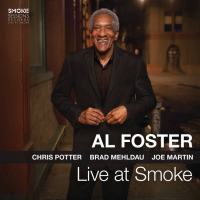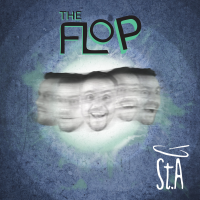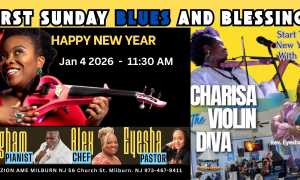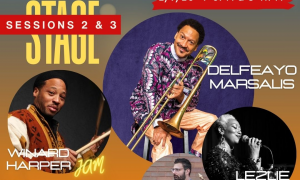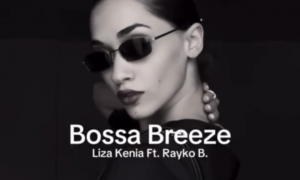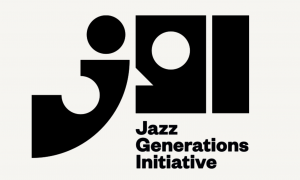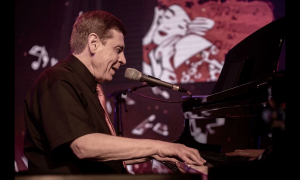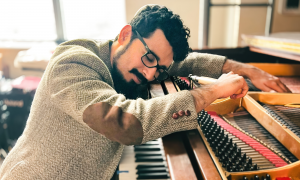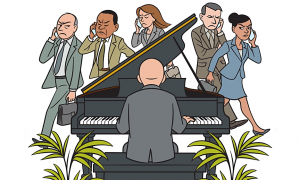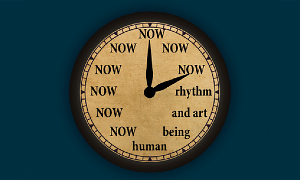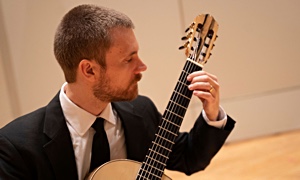In the years before the Internet, television and even jazz album covers, jazz musicians in the 1940s had only two ways of making their music, names and images recognizable to potential consumers unable to visit nightclubs. Their music could appear on the radio or jukebox—or the artists could be championed by jazz writers and photographers.
Of all the media and technology, none could beat an image for its instant appeal. A single photo of Billie Holiday or Duke Ellington, for example, could be more evocative and poetic in a split second than a three-minute recording or print article or review. Photography had been the third rung on the media ladder back then, but in Herman's hands, images became increasingly vital to project the pathos, sorrow, joy and beauty of jazz.
Few photographers of the period so fully understood the jazz spirit as Herman. When I interviewed him in October 2009 (go here), he was excited and forthcoming about his technique, explaining how he captured jazz artists seemingly in mid-performance without bearing the brunt of patrons' hurled scotch glasses:
JW: How did you do it?HL: I put one strobe light next to the club spotlight in the ceiling. The other I placed behind the artist in the background. I used wireless units to trigger the strobes, but I'd use these strobes only if I had to. The light was disturbing to the artists. But most of the photos I took were during rehearsals, so it wasn't too bad.
I will miss Herman. He was an artist who was as totemic as any subject he photographed and in harmony with what jazz musicians were trying to express.
JazzWax note: For more of Herman Leonard's iconic images, go here and here.
JazzWax clip: Here's Herman Leonard on his famous photo of Charlie Parker staring into space...
This story appears courtesy of JazzWax by Marc Myers.
Copyright © 2025. All rights reserved.



